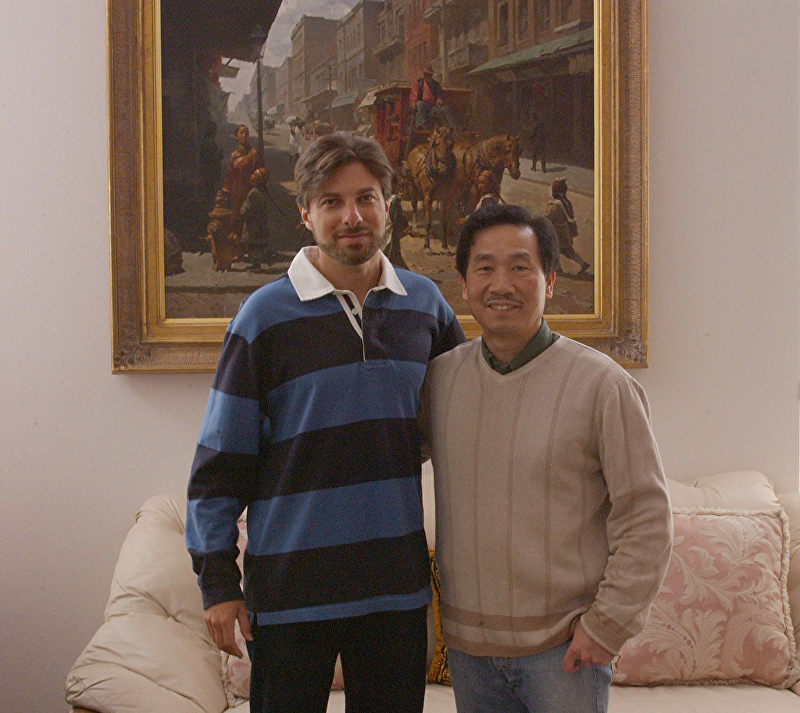His paintings were technically fantastic - beautiful brushwork, well composed, full of light, but, more importantly, they were full of emotion and universal truths: The love of a grandmother for a grandchild, the wisdom of the village elder, the laughter of playing children.
Who would purchase such paintings? Surely they would only appeal to people who had travelled in China. A marketer would have told us to define our "ideal customer." A lesser gallerist would have asked Mian to change his subject matter to "paint for the market" (another pervasive myth).
But we knew the truth: the appeal of great art is universal. Our only thought was, "get those paintings here!"
Once we received Mian's paintings and began to have exhibits and shows, and once we began to advertise, his work did indeed sell. In fact, we sold everything he sent, nearly as fast as he could send it.
Who purchased his beautiful art? There was the oil rig worker from west Texas who saved all his extra income to purchase paintings that appealed to him. Were blue collar workers the "ideal customer"?
There was also the high-powered LGBTQ executive couple who lived in town. They purchased several of Mian's paintings. Were LGBTQ executives with no kids the "ideal customer"?
There was an older couple who lived around the corner from the gallery who purchased several pieces. Were retired people the "ideal customer"?
I sold several of his pieces to a retired gentleman in Utah. I spent three years getting to know a young artist from the northeast before he finally purchased one of Mian's paintings. Were other artists the "ideal customer"? (artists do purchase other artists' art - another myth)
Then, there was the wife of a cable industry executive in California who collected many of his works. I even sold several pieces to an eccentric gentleman from north Texas who lived in an old church that he planned to leave, along with his art collection, to the community as an art museum.
Perhaps we could define the ideal customer as "people who collect art?" But, of course, that definition is so broad (and his art sold to people not normally considered to be "collectors") that it's of almost no practical help in a marketing campaign.
Eventually, we had one person show for Mian and not only did every painting sell, they were sold by "draw", meaning people put their name in a box for each painting and the person whose name was randomly drawn, was the person who purchased the painting. It was the only fair way we could do it.
Mian's work, like most art, appealed to people from all walks of life and so, it had to be marketed well, to people from all walks of life.
That brings me to one of the most pervasive art marketing myths out there that art coaches love to sell to artists, and one that I'm glad we didn't waste any time with as we marketed Mian Situ's art:



